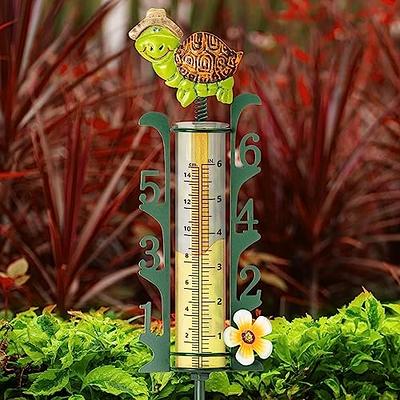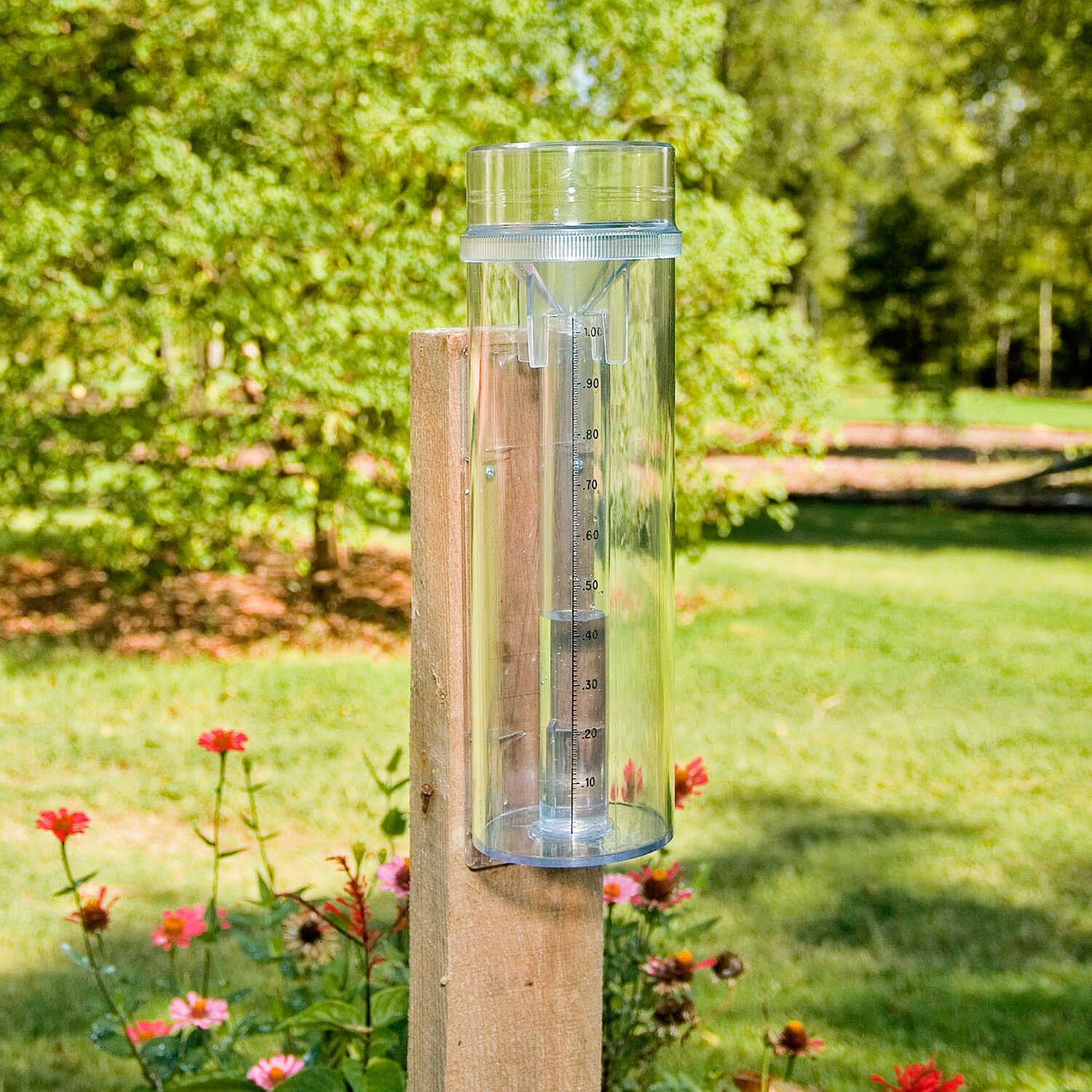Your Go-To Source on The Rain Gauge: Advantages and Practical Applications
Your Go-To Source on The Rain Gauge: Advantages and Practical Applications
Blog Article
Do It Yourself Rain Scale: Basic Steps to Make Your Own
Are you interested in tracking rains in your area? Developing your own do it yourself rain scale is a easy and reliable method to measure and tape rainfall. With just a couple of common products and some basic steps, you can conveniently build your own rain gauge in your home. In this overview, we will provide you with a detailed process to aid you create your own rain scale. No need for any type of specialized knowledge or devices - this job can be finished by anybody. By complying with these simple instructions, you will certainly have a dependable device to gauge rainfall and contribute to your understanding of the regional climate patterns. So, let's begin on making your do it yourself rainfall gauge today!
Gather Materials
To begin creating your do it yourself rainfall scale, collect all the necessary materials making use of a comprehensive list of products. Having the ideal products available will guarantee the successful development of your rainfall scale and enable exact measurements of rainfall. Firstly, you will certainly require a clear plastic container or cyndrical tube, such as a plastic bottle or jar. Ensure the container is transparent so that you can easily see the water degree inside. Next off, you will require a ruler or gauging tape to note the increments on the container. This will certainly enable you to measure the amount of rains precisely. Furthermore, you will require a long-term marker or waterproof tape to note the measurements on the container. When exposed to rainfall, this will guarantee that the markings remain noticeable even. You will certainly need a sturdy base or risk to firmly hold your rain scale in location. This can be a wooden or steel stake that can be put right into the ground or a durable level surface to offer stability. Gathering these products in advance will simplify the building process and ensure that you have every little thing you require to create your very own DIY rain scale.
Prepare the Container

Mark the Dimension Increments
To precisely determine the amount of rainfall, accurately noting the dimension increments on your DIY rainfall scale is important. Without precise and clear markings, it would certainly be challenging to identify the exact quantity of rainfall accumulated in your rain gauge. Below are the steps to note the dimension increments on your rain scale.
The most common devices for measuring rains are inches and millimeters. When you have selected the device, use an irreversible marker or water resistant paint to note the increments on Your Domain Name the side of your rain scale.
When marking the increments, it is necessary to guarantee that they are equally spaced and clearly visible. Make use of a ruler or gauging tape to ensure precision and uniformity. Furthermore, make certain that the markings are resistant to fading or massaging off, as exposure to the components might cause them to weaken with time.
Place the Rain Gauge Outdoors
The rain gauge must be positioned outdoors to properly collect rainfall data. The location selected for the rain scale need to be free and open from any type of obstructions that might potentially impact the dimension of rains. It is important to find a spot that is not obstructed by trees, buildings, or other frameworks that can obstruct the rainfall from getting to the scale. This will certainly make sure that the accumulated information is agent of the real rainfall in the area.
Additionally, it is important to position the rain scale on a secure surface Extra resources area, such as a level ground or a durable post. This will certainly protect against any type of motion or tilting of the gauge, which can cause unreliable measurements. It is also suggested to prevent placing the scale near any type of resources of man-made water, such as sprinklers or drainage systems, as this can interfere with the precision of the dimensions.
Monitor and Document Rainfall Information
Routine monitoring and recording of rains data is essential for exact data evaluation and interpretation. By tracking rainfall dimensions, you can acquire valuable understandings into weather condition patterns, climate fads, and water resource monitoring. To efficiently check and tape-record rains data, it is necessary to establish a regular and maintain regular practices.
First of all, ensure that your rainfall scale is positioned in an open location far from challenges such as trees or structures that may obstruct rains. Additionally, ensure the rain gauge is degree and securely anchored to stop any motion that can affect the accuracy of the dimensions.

When tape-recording the rains my explanation information, it is essential to note the date and time of each measurement. Use a ruler or a determining stay with figure out the rains deepness in the rainfall scale, and record this information accurately.
To ensure the accuracy of the dimensions, it is advised to clear the rainfall gauge after each recording. This will prevent any overflow or dissipation from influencing subsequent measurements.
Conclusion
Finally, creating a DIY rain scale is a functional and basic method to check and videotape rains data (The Rain Gauge). By adhering to the actions described in this article, you can conveniently gather products, prepare the container, mark the dimension increments, and place the rainfall gauge outdoors. Routinely monitoring and videotaping rainfall information can offer beneficial information for numerous purposes
Having the ideal materials on hand will certainly ensure the successful production of your rain scale and allow for precise dimensions of rainfall.To precisely gauge the amount of rains, properly marking the dimension increments on your Do it yourself rain scale is essential.The rain scale should be put outdoors to properly collect rainfall information. The area selected for the rainfall scale should be open and complimentary from any type of blockages that can potentially affect the measurement of rains.In verdict, creating a DIY rain gauge is a functional and straightforward way to keep an eye on and videotape rainfall data.
Report this page